9 Home Remedies for Ingrown Toenails
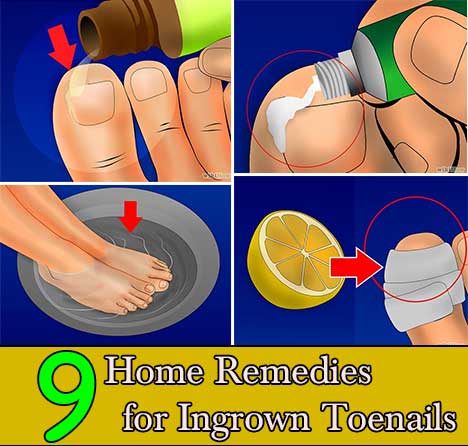
Like many people, I am hard on my toes. I spend a great deal of time on my feet, and not always in the most comfortable of shoes. At the end of the day, the result is often painfully swollen toes, which take extra time and care to treat.
What doctors call Onychocryptosis, we know better as an ingrown toenail. Ingrown toenails are a common condition in which the corner or side of a toenail grows into and cuts the surrounding flesh. This results in pain, redness, swelling, and sometimes infection.
Left untreated, ingrown toenails discharge a yellowish pus fluid and extra tissue will grow on the affected toe, covering part of the nail and furthering the risk of infection. Ultimately, an ingrown toenail, though it may seem minor at first, can lead to loss of a limb.
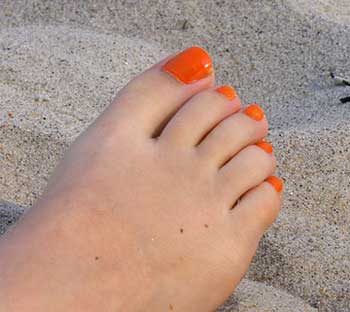
Obviously the best way to avoid an ingrown toenail is never to get one. The following are the main causes of ingrown nails so you can better avoid them:
-Poorly fitting shoes or heels
-Excessive sweating
-Injury on toe
-Fungal or Bacterial infection
-Lack of grooming
-Over grooming (i.e. cutting nails too short)
-Lack of sensation in toes
-Vascular health issues
-Abnormally shaped nail beds
-Genetic Susceptibility
-Diabetes
-Malformations caused by other diseases
For those of us already dealing with this ailment, knowing these risk factors is certainly helpful to minimize and prevent future damage to our toes. Better still, I’ve recently come across 9 home remedies to treat ingrown toenails. Try them in your home and share your results with others.
Epsom Salt
Add a large heap of Epsom salt to warm water and soak the affected foot for 18-20 minutes. Done twice daily, this will relieve an ingrown toenail by softening the skin and making the toenail easier to trim out of it.
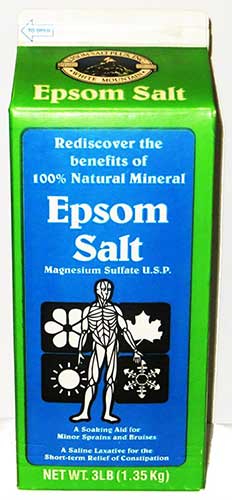
Hydrogen Peroxide
Try mixing half a cup of hydrogen peroxide in water and soaking your foot for 15-20 minutes. The skin will soften and reduce pain. The natural disinfecting action of the peroxide will also help prevent further infection.
An alternate treatment is to administer peroxide on a cotton ball directly to the affected area, but there is debate among doctors that suggests this may cause rupturing in healthy skin tissues.
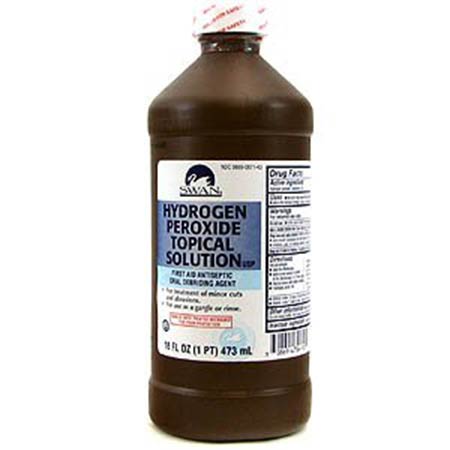
Apple Cider Vinegar
Mix a few tablespoons of apple cider vinegar in water for a foot soak or apply directly to the skin. Either way, apple cider vinegar is a natural anti-inflammatory anti-bacterial agent that will go to work on soothing your symptoms.
Another way to reap the benefits of apple cider vinegar is to ingest it. My favorite method for this is a mix of apple cider vinegar, honey, and warm water.
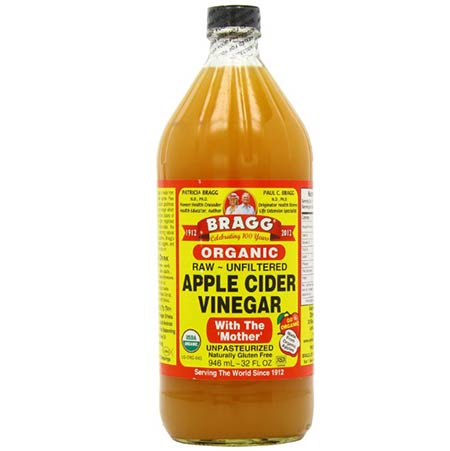
Menthol Cream
Better known as VapoRub, apply mentholated topical cream directly to the affected area. The rub will soothe chronic pain and promote healing.
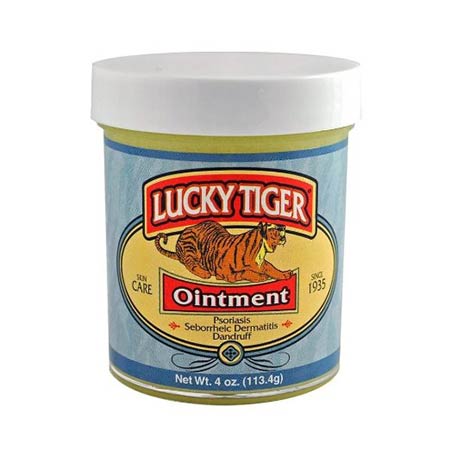
Like many people, I am hard on my toes. I spend a great deal of time on my feet, and not always in the most comfortable of shoes. At the end of the day, the result is often painfully swollen toes, which take extra time and care to treat.
What doctors call Onychocryptosis, we know better as an ingrown toenail. Ingrown toenails are a common condition in which the corner or side of a toenail grows into and cuts the surrounding flesh. This results in pain, redness, swelling, and sometimes infection. Left untreated, ingrown toenails discharge a yellowish pus fluid and extra tissue will grow on the affected toe, covering part of the nail and furthering the risk of infection. Ultimately, an ingrown toenail, though it may seem minor at first, can lead to loss of a limb.
White Flower Oil
Simply put a few drops of white flower oil onto ingrown toenails to heal them. White flower oil is a blend of herbal oils like peppermint, lavender, and eucalyptus, each being known for its healing abilities. *Some experts recommend applying the oil near but not directly on the wound.
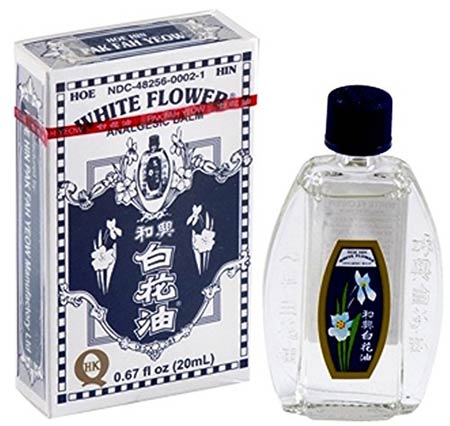
Lavender Essential & Tea Tree Essential Oils
Apply these naturally anti-biotic and soothing oils to ingrown nails as you would white flower oil.
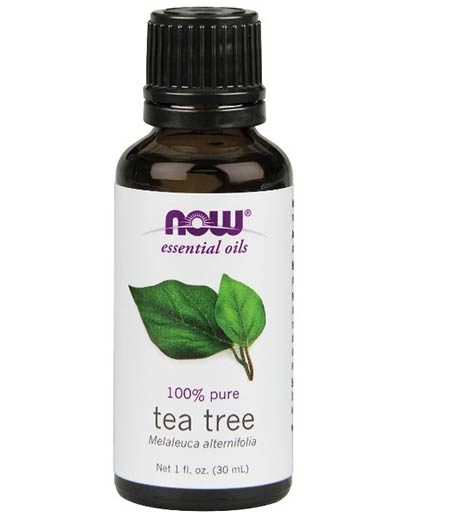
Oregano Oil
Oregano essential oil mixed with a little olive oil can be used three times a day as an antibacterial, antiseptic, and pain relief agent.
Do not use during pregnancy or on children under 5.
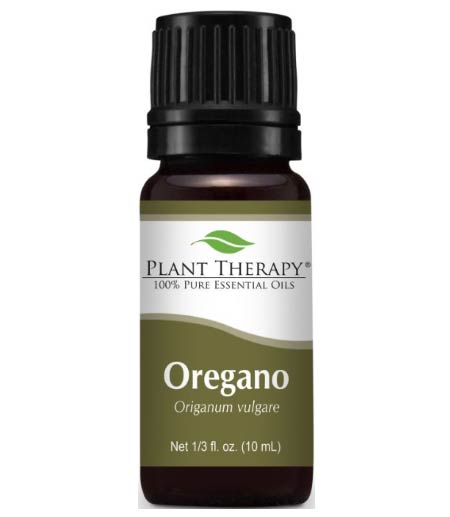
Antibacterial Soap
Mix a little antibacterial soap with warm water and use as a soak. After 15-20 minutes, dry the foot and apply a thin layer of antibacterial cream to the affected area then bandage. This method is good to help outgrow an ingrown.
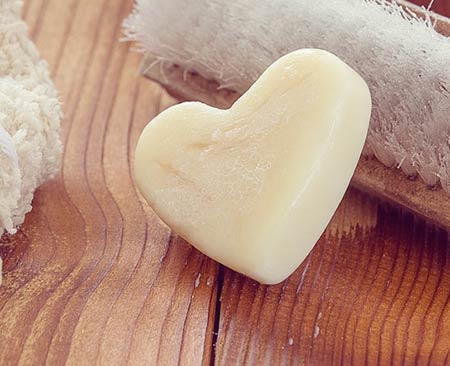
Lemon
Tie or tape a thin slice of lemon to the toe overnight. The natural acidity of the lemon will disinfect and promote healing in the wound and affected layers of skin.
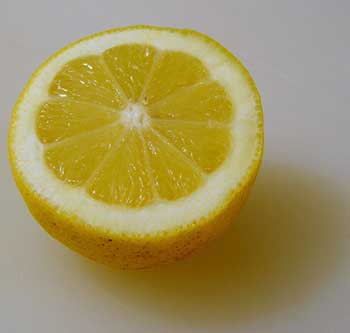
It’s not recommended to cut an ingrown toenail by yourself. If you do choose, however, to trim your nails, the following step-by-step method is one option:
- Start with either an Epsom salt or antibacterial soap soak for about 20 minutes. This will help calm swelling and soften the toenail and surrounding skin.
- Next, gently push back the swollen skin to expose the edge of the nail. This step can be painful so only push as much as allowed by the skin.
- Thirdly, cut the nail straight across, careful not to over trim. Take care to cut the nails from the sides rather than the middle.
- In the space between the trimmed nail and the skin, put a small piece of cotton to discourage the nail from growing back.
- Apply Neosporin or another antibiotic ointment to the affected area and bandage.
- It’s important to let the feet breathe as they heal, so avoid wearing socks or shoes at home.
- Change cotton regularly to prevent infection.
Medical Alert: It is potentially dangerous to trim ingrown nails if you suffer from diabetes or any other painful foot condition.
Once your ingrown toenails are all healed up, there are some simple things you can do to keep them from coming back, such as:
-Wear comfortable footwear
-Wear clean socks every day
-Wash and dry feet regularly and thoroughly
-Cut nails straight across
-Use a pumice stone or foot file daily to prevent hard skin formation
 Home and Gardening Ideas At home and Gardening ideas we believe inspiring readers about homesteading, self sufficiency
Home and Gardening Ideas At home and Gardening ideas we believe inspiring readers about homesteading, self sufficiency
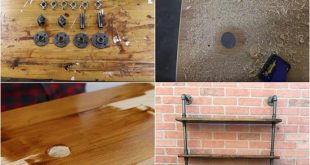
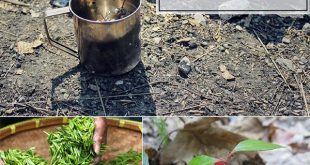




love your site
Thank you so much for saying so.
In soaking your feet in a solution of apple cider vinegar in water are all natural cures for this painful condition.
This one is painful but it has worked for me a couple time before. Take some cotton from a ball, pull it out to a very loose yarn, then spin it to tighten it up a bit but it still needs to loose. Apply some kind of ointment, A&D or whatever your choice, and jam that thing down into the area where the nail has cut the flesh. Pack it in with a small and narrow implement so it protects the flesh and allows it heal. It will be about three days, with a new bandage replacement in the mornings and the evenings. It will also provide protection to the wound during the regular activities of your day so you wont feel the excruciating pain of the nail into the flesh with every step you take. Its not a method for the weak of heart. Its a bit painful to do but it has worked for me. Be sure to clean your foot with a salt soak, sanitize all tools with a few minutes of a soak in rubbing alcohol before you attempt this. You DO NOT want to get an infection.